Dropbox is a free service that lets you bring your photos, docs, and videos anywhere and share them easily. Never email yourself a file again!
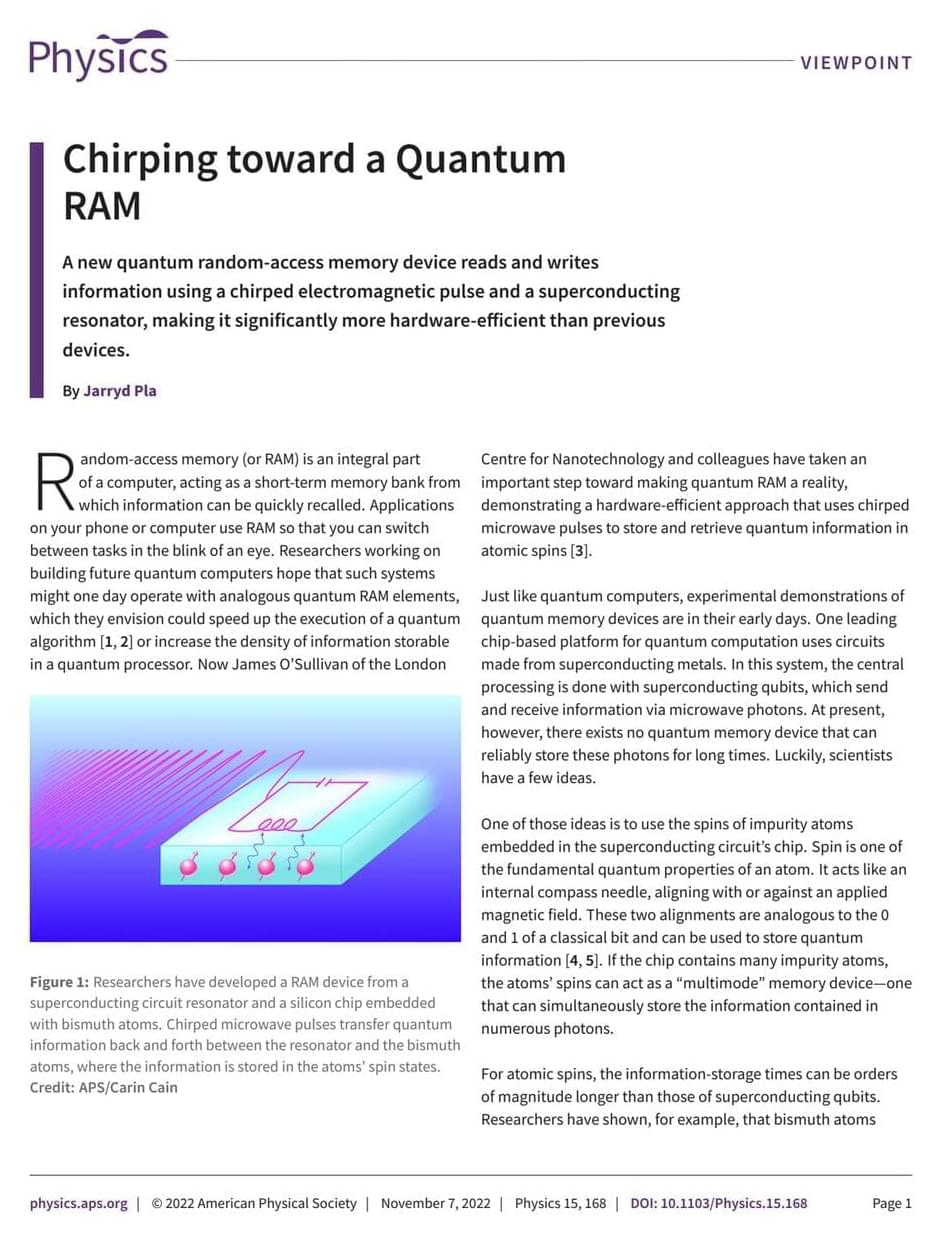

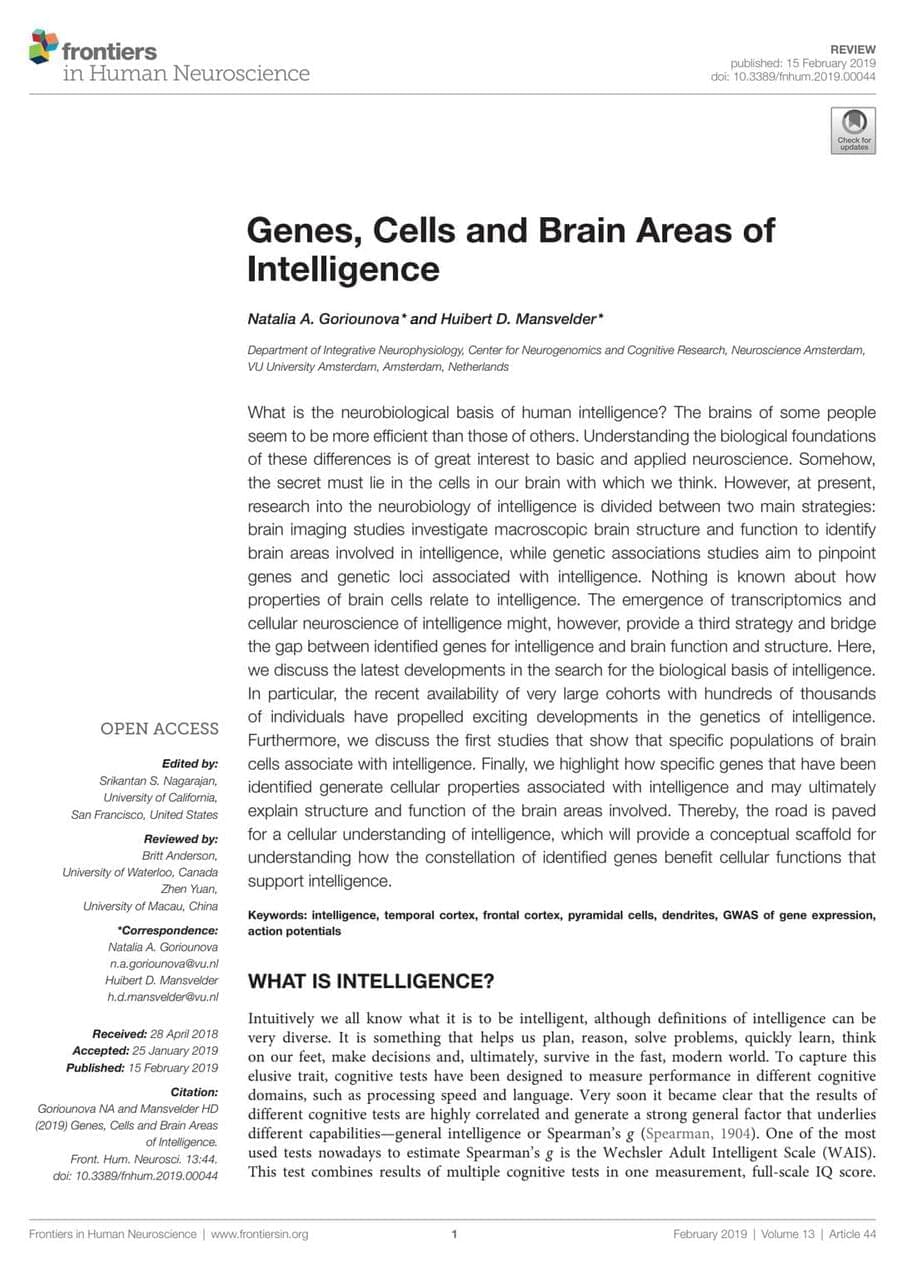
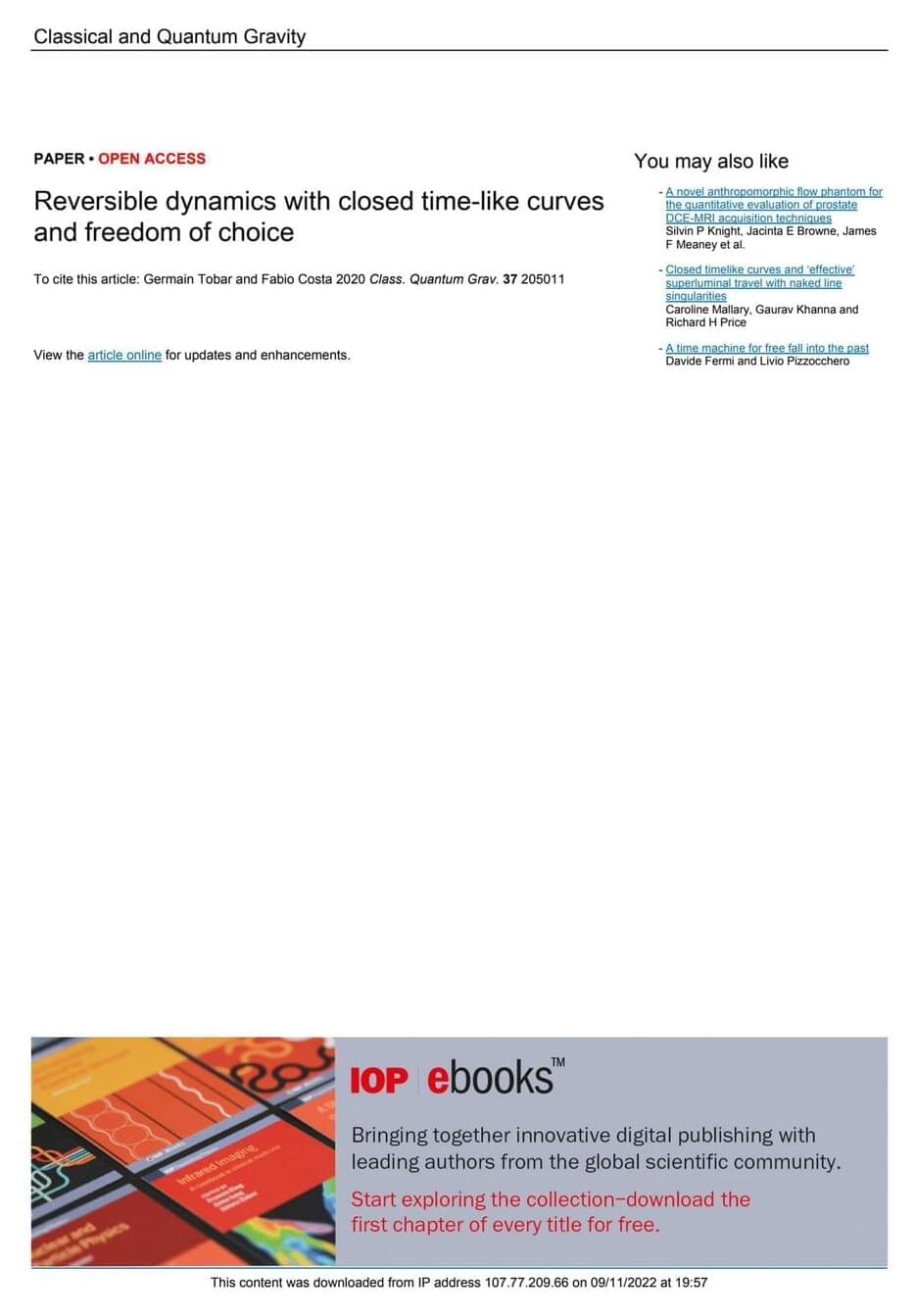
Talking about E5.
Rats are also useful for aging research and for cooking ratatouille. But in all seriousness, take a look at this recent headline article — “We have the oldest living female Sprague Dawley rat,” said Dr Harold Katcher, a former biology professor at the University of Maryland, now chief scientific officer at Yuvan Research, a California-based startup.
So, Rejuvenation & rats. That’s what we’re talking about today, and how this rat has apparently become the longest living rat for its species following concentrated plasma injections from young blood plasma, and what this could mean for human therapeutics, along my perspectives. But, before we get there we must go back, back to the late 1950s and early 1960…to a time when The Sheekey Science Show did not exist, but when researchers, such as Clive McKay did, and these researchers were conducting a procedure called heterochronic parabiosis.
Find me on Twitter — https://twitter.com/EleanorSheekey.
Support the channel.

In 1923, an editorial cartoonist named H.T. Webster drew a humorous cartoon for the New York World newspaper depicting a fictional 2023 machine that would generate ideas and draw them as cartoons automatically. It presaged recent advancements in AI image synthesis, one century later, that actually can create artwork automatically.
Interestingly, this separation of labor feels similar to our neural networks of today. In the actual 2023, the “idea dynamo” would likely be a large language model like GPT-3 (albeit imperfectly), and the “cartoon dynamo” is most similar to an image-synthesis model like Stable Diffusion.

A dozen countries, including the United States, have reported more than 250 Shigella infections in people who went to Cape Verde.
An increase in shigellosis cases, mainly caused by Shigella sonnei, among travelers returning from Cape Verde, also known as Cabo Verde, has been reported in Europe, the United Kingdom, and the United States since September 2022.
Twelve countries have recorded 221 confirmed Shigella sonnei infections and 37 possible cases, all with a link to Cape Verde, which is in West Africa. The UK has the most cases with 95, followed by the Netherlands with 47, Sweden with 42, and France with 31. The United States has four patients.
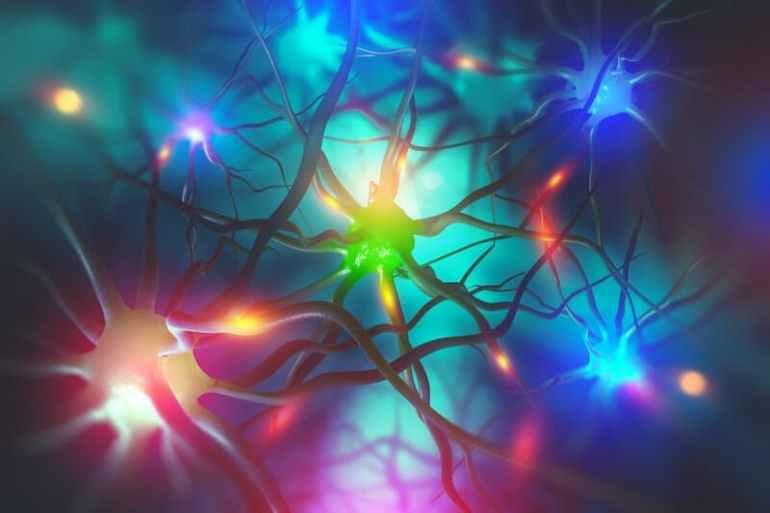
Every minute of every day, your body is physically reacting, literally changing, in response to the thoughts that run through your mind.
It’s been proven over and over again that just thinking about something causes your brain to release neurotransmitters, chemical messengers that allow it to communicate with parts of itself and your nervous system. Neurotransmitters control virtually all of your body’s functions, from hormones to digestion to feeling happy, sad, or stressed.
Studies have shown that thoughts alone can improve vision, fitness, and strength. The placebo effect, as observed with fake operations and sham drugs, for example, works because of the power of thought. Expectancies and learned associations have been shown to change brain chemistry and circuitry which results in real physiological and cognitive outcomes, such as less fatigue, lower immune system reaction, elevated hormone levels, and reduced anxiety.
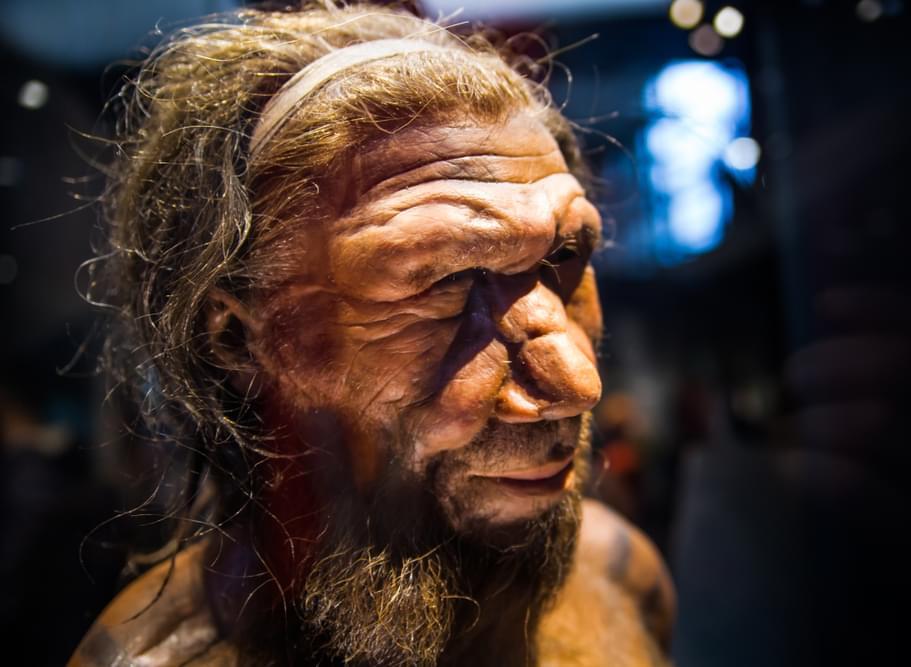

The James Webb Space Telescope found six massive galaxies that some scientists never thought could exist. The telescope is so powerful it might have just shattered scientific understanding of the universe. Theoretical Physicist and best selling author Dr. Michio Kaku talked to Gadi Schwartz about the groundbreaking report.

After the automaker started slashing prices on its vehicles earlier this year, making them more affordable than some new gas-powered cars.
The Tesla Model 3 now starts at $43,000, not including the $7,500 tax credit Americans can get for buying an electric vehicle. That brings the after-rebate price of a Model 3 down to $35,500.
-plus other companies are lowering prices because of Tesla.
Tesla’s Model 3 is $43,000 while new cars sold for an average $49,388 in January, according to Kelley Blue Book.